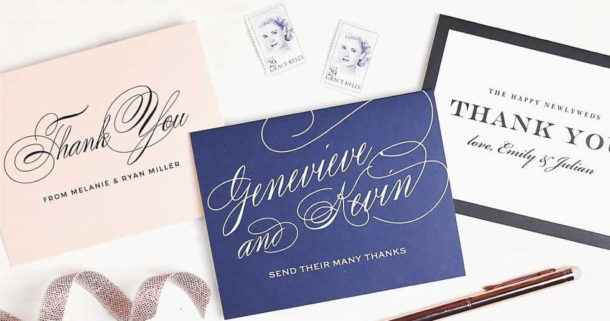While the wedding industry certainly has a season, the wedding gown industry does not. Year round brides head into salons and boutiques looking for the perfect gown. If you are one of those lucky brides right now, you probably have a handful of questions about wedding dress shopping, but many brides for get to consider fabrics. Believe it or not, your choices for bridal gown fabric is actually rather varied. Before you head into a shop read on about the bridal gown fabric options you might encounter.
- Duchess Satin
Perhaps the most popular bridal gown fabric, Duchess satin has a high sheen finish. It is what people typically think of when they envision a wedding gown. It is created by weaving together silk and polyester. The polyester gives the silk a more structured appearance, while raising its overall sheen. Duchess satin is generally considered a lightweight fabric, but when it comes to bridal gown fabric it is appropriate year round. It can be used in a variety of dress styles, and a variety of different embellishments can be added to it.
- Charmeuse
Charmuese is a light, silk fabric. Very sleek and soft to the touch, it is often used in sheath dresses and column wedding gowns. It lends itself well to draping, so it is often used to create dresses that seem to just lay across the body. Charmuese, however, lacks structure, and because of this it can highlight flaws on the body. It also wrinkles easily.
- Lace
Lace gowns have seen a rise in popularity as the vintage look has come back into style. Lace has a romantic feel to it, and lends itself well to weddings that have a country theme. Lace is an open material that can be created in a multitude of different patterns. Lace is most commonly used as an overlay, but it can be used as the main fabric if a heavy lining is used.
- Tulle
Tulle is a lightweight fabric with space between its fibers. This creates a net-like appearance. Most often, tulle is used on ball gown skirts, either as the outer layers, or as underneath layers. When used under another fabric, the tulle is utilized to create a fuller, bouncier skirt. When used as an outer layer, the tulle is often presented in several layers. This creates a flowing, dancing affect. Tulle is very delicate and can be snagged easily on jewelry.
- Taffeta
More commonly seen in prom dresses, taffeta can be utilized in wedding gowns. It is characterized by its smooth, crisp appearance and is often used when ruching is a main component of the dresses design. Taffeta tends to rustle when moved about because of how crisp it is. It is a great bridal gown fabric for heavily structured dresses, and works well for fall weddings.
- Organza and Chiffon
Both fabrics are sheer and lightweight, created by weaving together fabrics. Chiffon is often made of silk, is commonly used as an overlay or in several layers. It works well for a weightless, flowing design. Organza, on the other hand, is stiffer, as it is often weaved of more durable fabrics. It is one of the most used bridal gown fabric options. Organza lends itself well to a dreamy, innocent look.
Armed with this knowledge of bridal gown fabric you are ready to start shopping for your wedding gown. Remember, it doesn’t matter if your dress is made of silk, satin or lace. As long as you feel great in your gown, you’ve made the right choice.







